No matter how experienced you are in photography, chances are you have a couple of bad habits that can mess up your images, inhibit your creativity or make your post-processing routine rather complicated.
The following 7 bad habits are quite common among photographers – do you suffer from one or more of them?
1. Forgetting To Clean The Sensor
How often should you clean the sensor? This depends on your preferred genre of photography. If you shoot outdoors almost every day and you change lenses all the time, you may need to clean your sensor on a weekly basis. Sometimes it's not that easy to notice that your sensor is dirty, especially if your photos are dark and you rarely capture skies. However, there is nothing more irritating than to come back home after a photo shoot only to see dust spots on your photos.
If you are the occasional photographer then perhaps cleaning the sensor every few months or so should be enough for you. In any case, always make sure you keep your camera pointing downward when swapping out lens to prevent anything from entering the body and wipe down your camera and lens with a soft microfiber towel to remove any dust or debris from the outside of your camera. When it comes to the sensor, you can buy a cleaning kit or get it cleaned at the authorized repair shop – it's up to you!
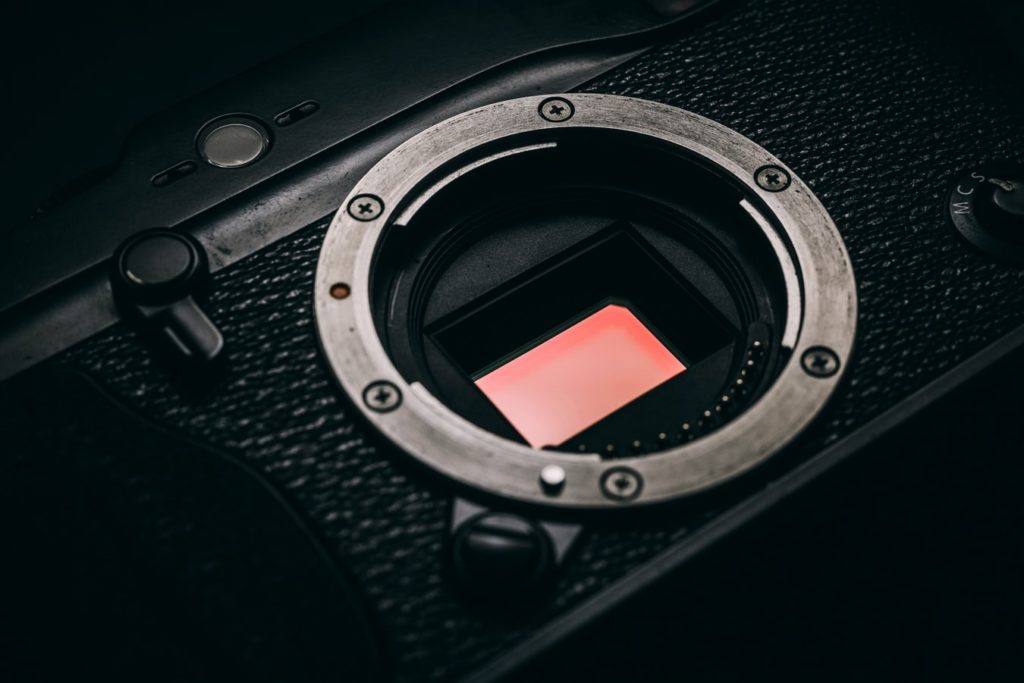
2. Taking Too Many Photos While Traveling
I'm sure that many of us are guilty of this (myself for sure!). We tend to capture even the most trivial scenes while we're traveling and later on we discover that we took too many similar photos which are rather pointless. It's not wrong to take many photos but being moderately selective is a healthy habit which will help you enjoy photography even more. It's certainly boring to go through hundreds of useless photos that you didn't have to take at all.
While you're looking through the viewfinder, ask yourself honestly if what you see has any visual appeal. If you don't like what you see and find it rather trivial, don't snap! Change your position, change the perspective or wait for something unusual to happen.
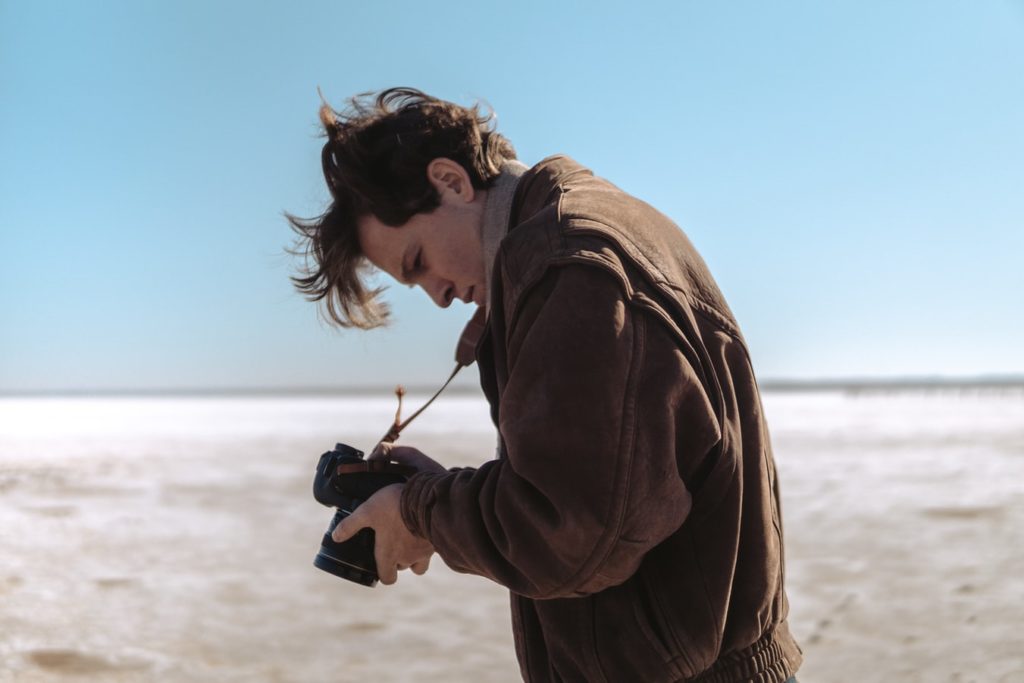
3. Ignoring Compositional Rules
Compositional rules aren't something that only photography nerds stick to – their importance is huge! No matter what or who is your subject, if you haven't framed it properly your image won't be exceptional. Take your time and carefully observe your subject and its environment before you snap the shutter. This may be hard to do in case you shoot wildlife or sports photography, but in other genres where proper timing isn't that tricky you can relax and compose your images in peace.
Make sure to learn at least the basic compositional rules and apply them whenever you can. Of course, you can break these rules occasionally but don't do it randomly – good decision making matters a lot.
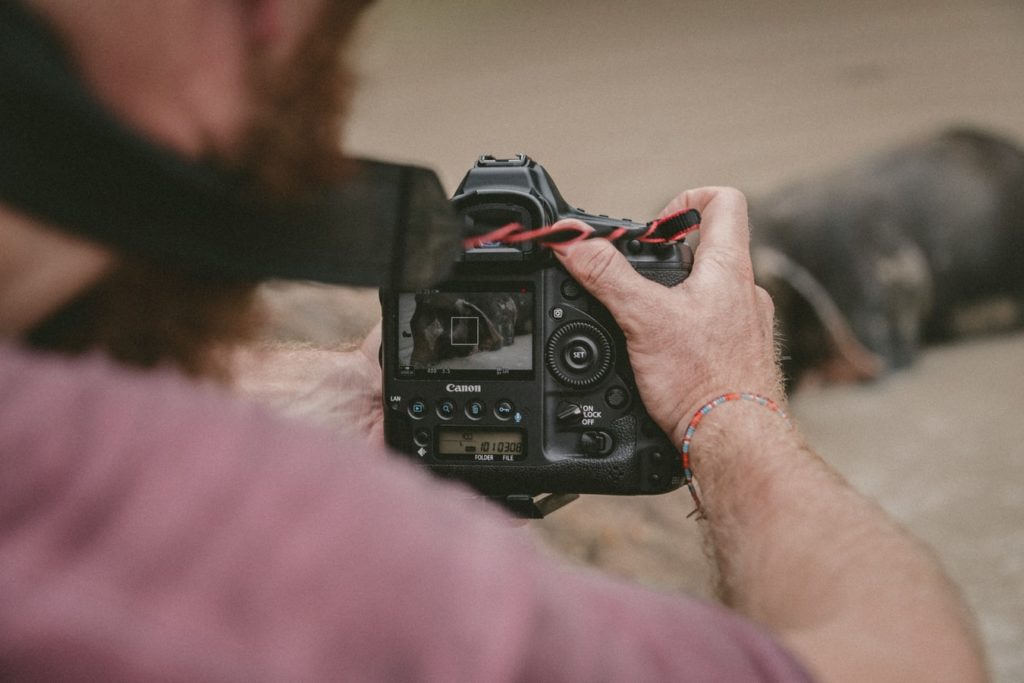
4. Shooting With Wrong White Balance
Setting the correct white balance in camera is a great habit – it will help you understand color temperature better and it will simplify your editing routine. If you set your white balance to the color temperature of the scene you're photographing, it should look very similar to what you actually see with your eyes.
If you always rely on editing when it comes to white balance, you might need to recall what kind of lighting was used in every venue you shoot and that can get pretty confusing at times! Even if you can't get the perfect white balance in camera, don't be lazy and at least try to adjust it a little bit. Also, don't forget to shoot raw whenever you feel that white balance might be off.
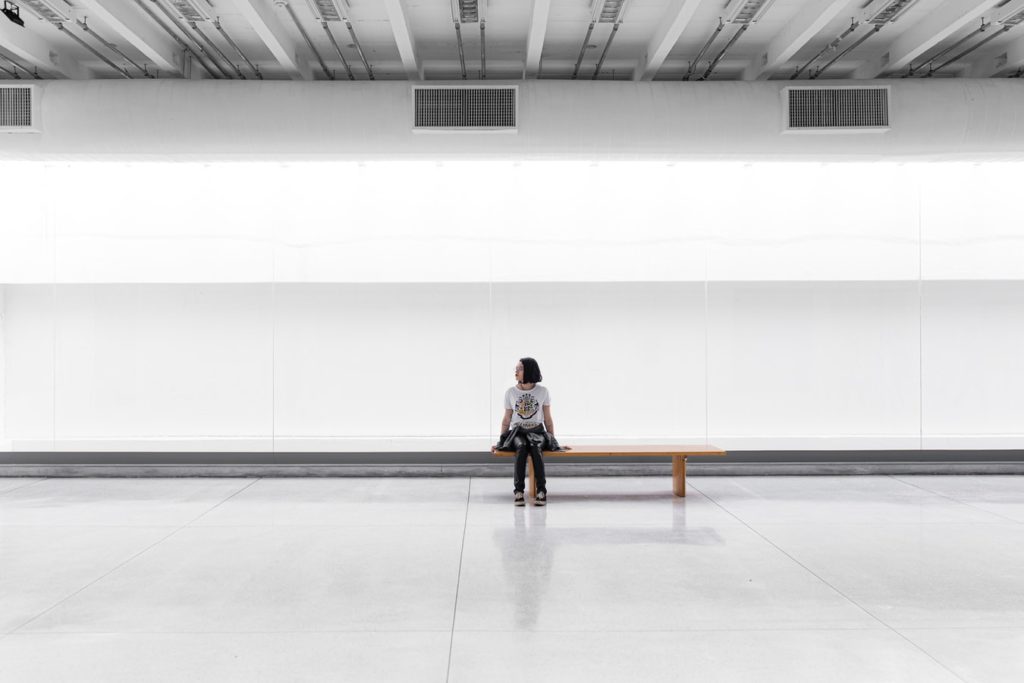
5. Settling For Mediocre Backgrounds
Backgrounds matter in every genre of photography but if you're a portrait photographer you probably know very well that your choice of background is as important as the models themselves. You should be very picky when it comes to colors, textures and patterns – the background should complement the subject! Changing backgrounds in Photoshop can be really tricky it you want seamless results so it's much better to make the right choice while shooting.
Even if you shoot outdoors and you can't simply pick the background, take your time and find the best solutions at any given moment. If you feel that something is off and that your shots are mediocre because of less than ideal backgrounds, bring your subject to a different location or at least change the perspective.
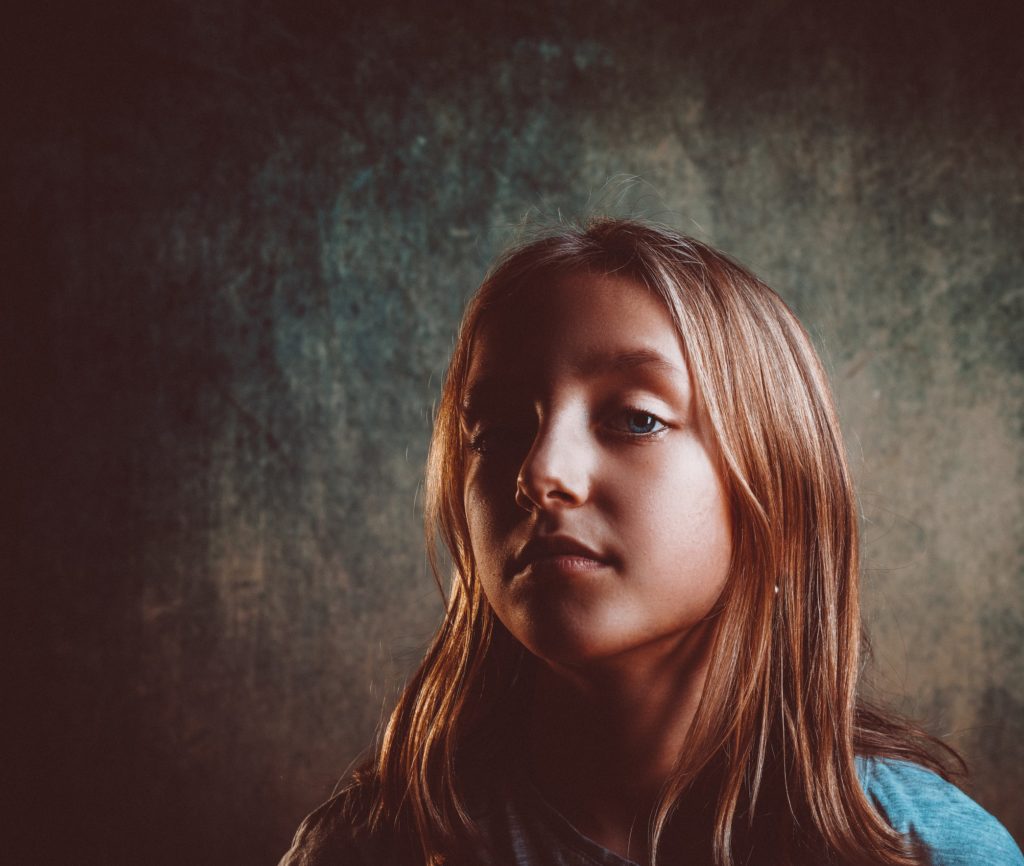
6. Being Too Lazy To Change Lighting
This is similar to choosing correct backgrounds – if the lighting doesn't complement your subject, you shouldn't snap the shutter until you do your best to fix it. It's not easy at all to fix bad lighting in editing and get truly satisfying results.
To avoid typical issues with lighting, learn basic lighting setups in portraiture and understand how to diffuse light and make it more flattering. Always experiment with different light sources and don't be afraid to move the lights, change the distance between the lights and your subject and so on.
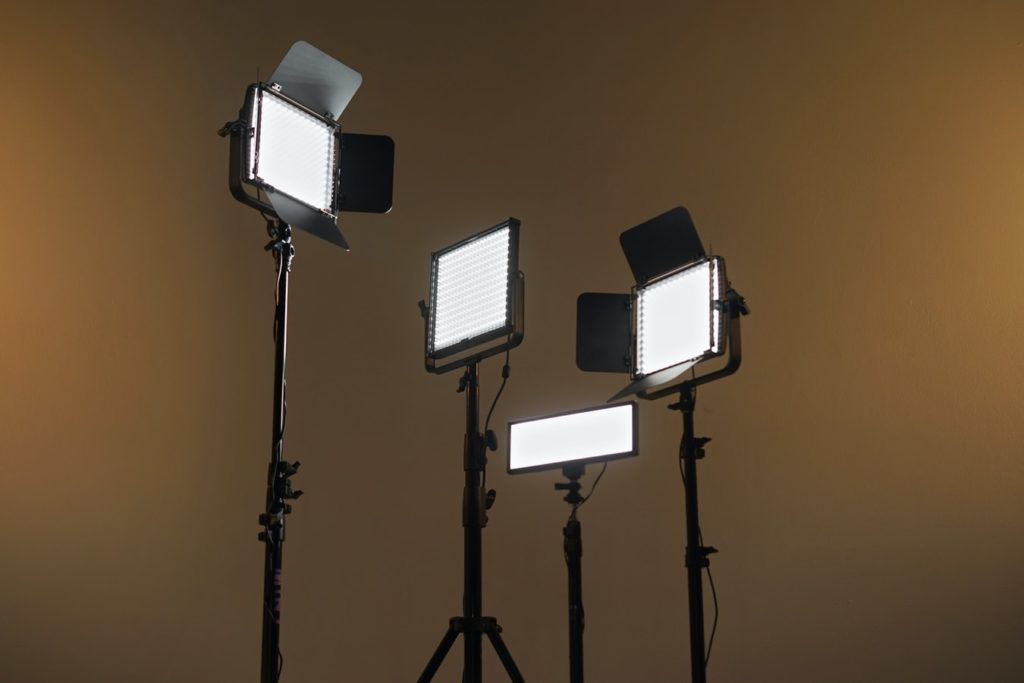
7. Following Trends And Not Developing Personal Style
It is totally ok (even useful!) to have photographers you look up to and copy their style a little bit, but you shouldn't be afraid of developing your personal style even if what you like isn't trendy at the moment. Instagram and Pinterest are great sources of inspiration as well as portfolios of various successful photographers, but you should always ask yourself what kind of photography makes you happy and what interests you the most.
If you always try to match what's fashionable, you might not have a chance to fully explore your greatest passions.
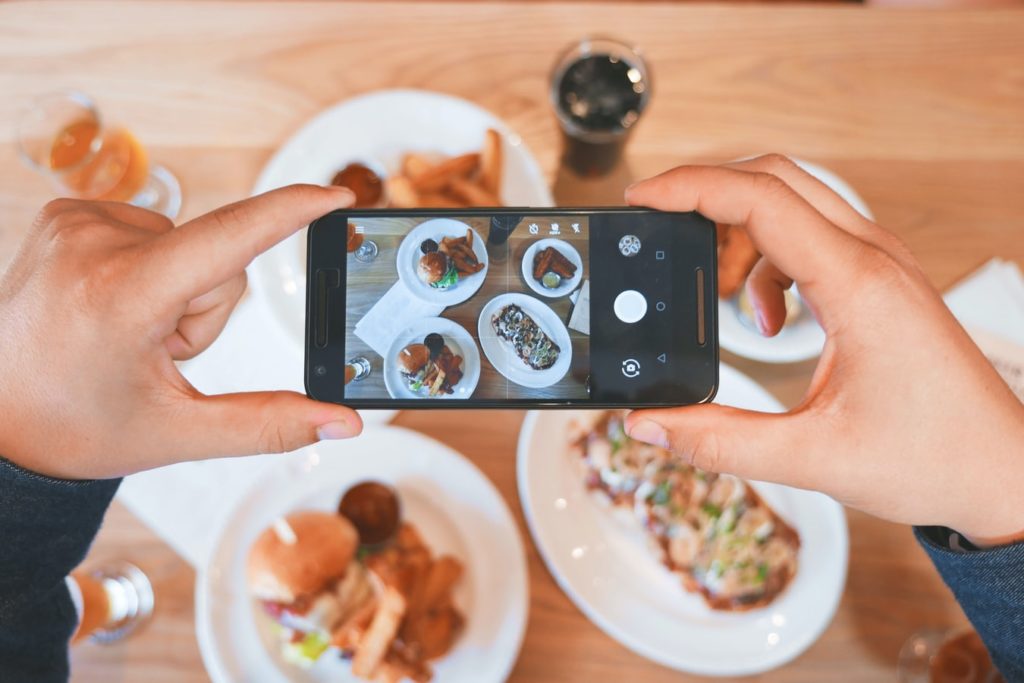



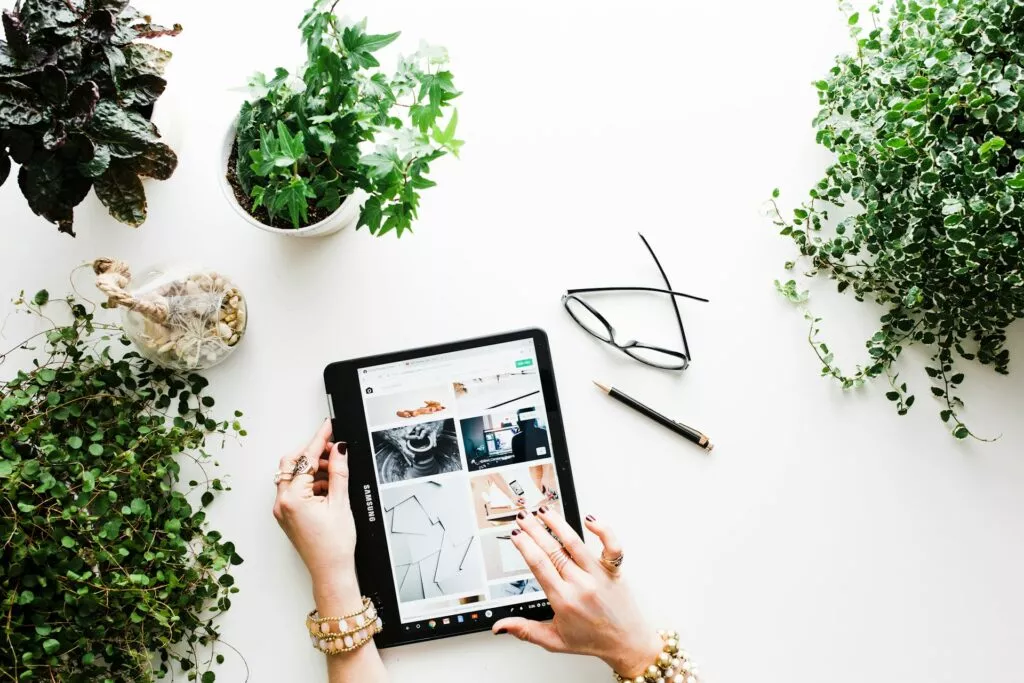
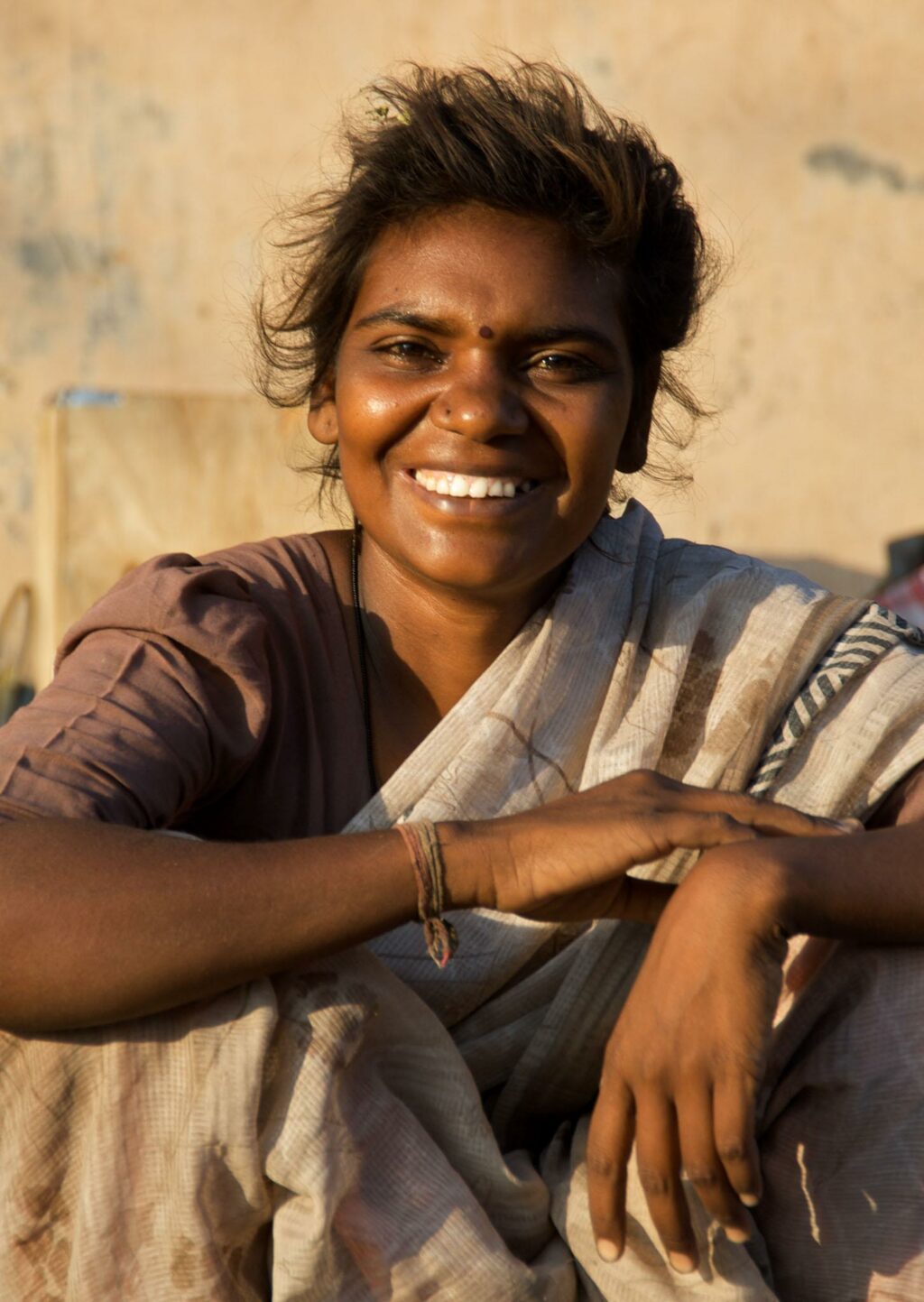
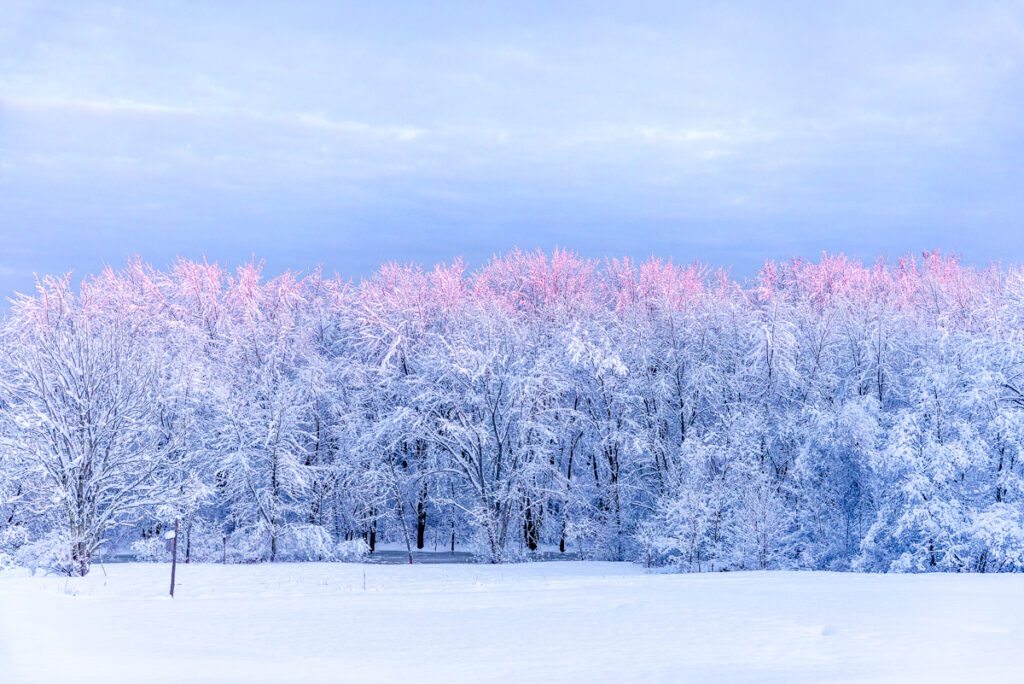
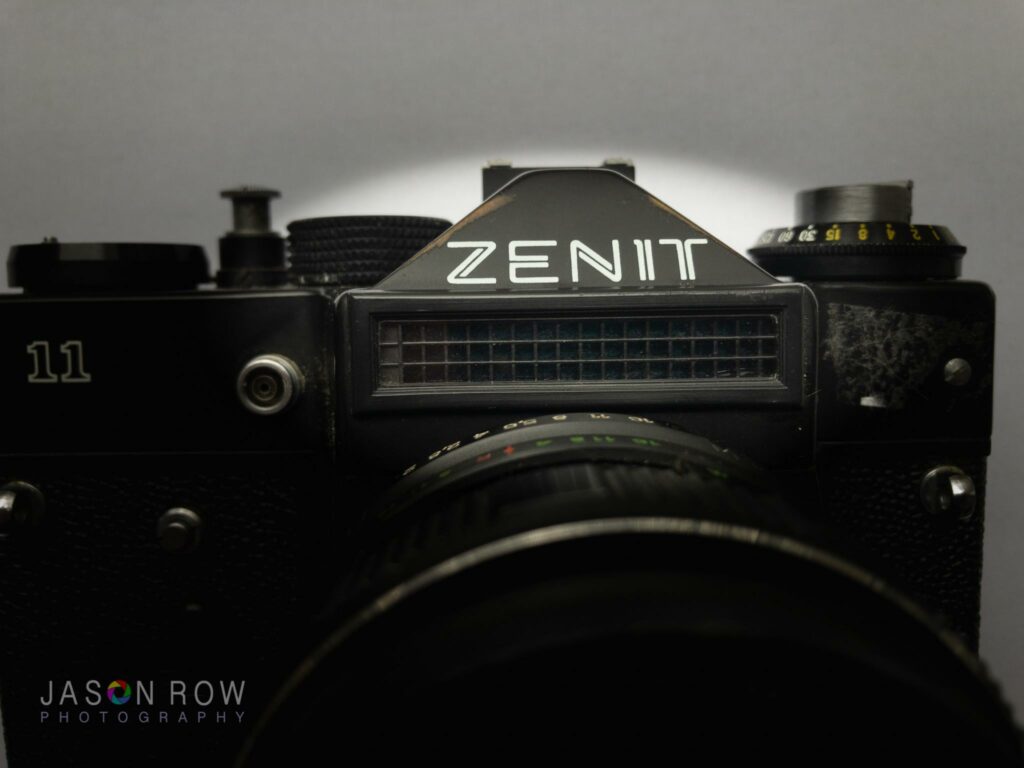
3 Comments
Well written Jasenka, I often overlook to clean my cameras sensor. now i will mind it always. Thanks !
When I got my first ‘proper’ camera, a Pentax P30 film camera whilst at college, my first trip overseas was by minibus through Europe. All the different architecture and statues caught my eye, so I took endless photos. Most of the photos didn’t have people though, and by the time I got all the photos back, I understood how scale and context play a big part in a good photo. As small photos they didn’t seem as impressive as when I was there. They also had little meaning as they were all just a mix of poorly taken, anonymous buildings and statues. Now I take less photos, and in fact often find I should have taken more to capture the feel of something that would otherwise be lost as a vague memory.
Nice article! Thanks for sharing this wonderful information. Changing lenses out in the field essential some care to prevent dust getting on the sensor.